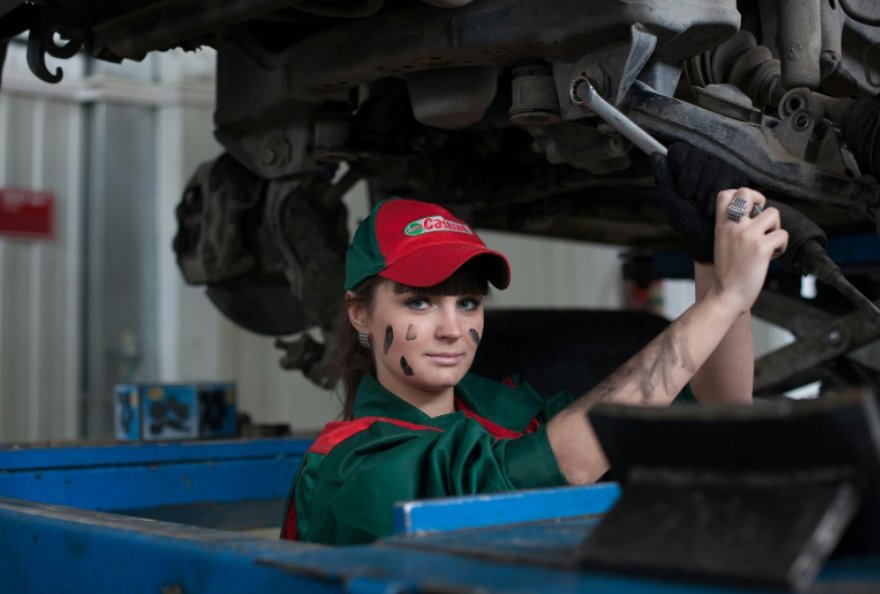Every part is essential to a car’s maintenance and functionality. Fuel line clamps might not seem like much, but they are vital to your vehicle’s economy and safety. This blog post will examine fuel line clamps and highlight their significance for vehicle performance and safety.
Understanding Fuel Line Clamps
Fuel line hoses are fastened to the fuel pump, fuel filter, and carburetor, among other parts of the gasoline system, using fuel line clamps. They offer a tight seal, avoiding fuel leaks that can impair functionality or pose even bigger safety problems.
The Importance of Proper Fuel Line Clamp Function
The safety, viability, and usefulness of your vehicle’s fuel system depend upon the appropriate activity of the fuel line clamp. Here are a few significant reasons why keeping fuel line clamps secure is basic.
Preventing Fuel Leaks
Significant concerns associated with fuel leaks include engine fires and environmental harm. The risk of a leak is significantly reduced when a fuel line clamp is tightly tightened, creating a tight seal between the gasoline line and its components.
This improves overall road safety and protects your car. Order fuel line clamps that best suit your needs to ensure a reliable and secure connection.
Maintaining Fuel Pressure
Your motor should be running at ideal tension to work appropriately. Fuel pressure dips caused by misplaced or loose clamps can cause engines to misfire, stall, or even fail to start.
Correctly tightening and maintaining fuel line clamps can help maintain constant fuel pressure, which encourages smoother engine operation and optimizes fuel efficiency.
Ensuring Engine Performance
A steady supply of gasoline is essential to achieving the best possible engine performance. When the fuel line clamp is tight, the engine can operate efficiently and smoothly in a variety of driving conditions.
A well-maintained fuel system with appropriately working clamps ensures that your motor works without a hitch and gives the power and responsiveness you anticipate from your vehicle, whether you’re cruising, speeding up, or idling.
Types of Fuel Line Clamps
Fuel line clamps are accessible in different types, each intended for a specific reason in view of toughness and usefulness. Realizing the various kinds will make it simpler for you to choose the right clamp for your industrial or auto needs:
Worm Gear Clamps
Screw clamps, also known as worm gear clamps, highlight a stainless steel band and a screw mechanism that, when turned, tightens around the hose. Since they are dependable and easy to install, these profoundly adjustable clamps are habitually used in car applications. They are compatible with a range of fuel and fluid systems because they provide a firm grip on hoses of different diameters.
Spring Clamps
With the help of a spring steel band, spring clamps create a tight seal around the hose by applying constant pressure. This design is instrumental in fuel and coolant systems, among other applications where hoses experience thermal expansion and contraction.
Thanks to the spring’s constant pressure, the seal will always stay intact, even during temperature fluctuations.
Oetiker Clamps
Oetiker clamps, sometimes called ear clamps, are set up by twisting the clamp’s ear segments around the hose using a specific instrument. This crimping process makes a robust and enduring bond impenetrable to vibration and outside forces.
Fuel injection systems and hydraulic lines are two examples of high-pressure applications that frequently use Oetiker clamps because they need a reliable seal that won’t leak.
T-Bolt Clamps
Because of their strong band and T-bolt tightening mechanism, T-bolt clamps offer a serious clamping force and dependability.
T-bolt clamps are intended for use in high-performance car installations, intake pipes, and turbocharger systems, among other applications where a powerful, steady clamping force is important.
Because they offer a firm grip, they are frequently employed in situations requiring robust pressure and temperature tolerance.
Wire Clamps
Pinch clamps, sometimes called wire clamps, are constructed from wire wound around the hose and crimped using pliers or another crimping instrument.
They are commonly used in low-pressure applications such as vacuum lines, irrigation systems, and automotive applications requiring quick or temporary installation. Wire clamps are easy to install and remove when necessary and provide a reliable seal.
Installation and Maintenance Tips
Here are some expert tips to help you install and maintain your fuel line clamps properly;
Choose the Right Clamp
It is essential to select the appropriate clamp for your purpose. Consider the hose’s material, the necessary pressure, and the surrounding circumstances.
Inspect Regularly
Check fuel line clamps frequently for signs of loosening, corrosion, or wear. Potential issues can be identified early on, which can assist prevent more serious problems later.
Proper Installation
Ensure clamps are positioned correctly and tightened per the manufacturer’s instructions. While under-tightening can result in leaks, overtightening could damage the hose.
Replace When Necessary
Replace any worn-out or damaged clamps. This small investment will guarantee your car’s safety and functionality and save you money on future repairs.
Key Takeaways: The Vital Role of Fuel Line Clamps
Fuel line clamps are essential to vehicle performance and safety, even if they are occasionally ignored. They are necessary for consistent engine performance, minimizing gasoline leaks, and maintaining ideal fuel pressure.
If vehicle proprietors pick the suitable clamp, check it often, ensure it is installed correctly, and replace it when necessary, they can extend the vehicle’s life span. Keeping up with these little yet significant parts will help keep your car ready to go and prevent greater issues.

